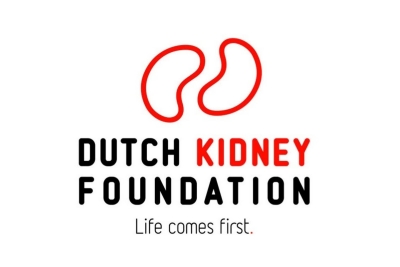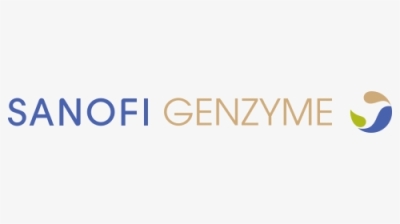New mechanistic insights in genetic kidney disease
In the Netherlands, more than 6,000 people require dialysis or kidney transplantation. Patients with end-stage kidney disease have a mean life-expectancy of only 5-10 years and significantly reduced quality of life. Emerging data indicate that genetic defects contribute significantly to their aetiology, not only in children but also at adult age. This particularly applies to diseases affecting the renal interstitium and tubules, together comprising up to 33% of monogenic kidney diseases. These diseases include ciliopathies/tubulo-interstitial diseases (e.g. nephronopthisis and uromodulin-, mucin 1- and hepatocyte nuclear factor [HNF]1beta-related diseases) and tubulopathies (e.g. Bartter syndrome, cystinosis).
Yet, many patients with a suspected ciliopathy or tubulopathy remain undiagnosed. Recent genetic and technological advances, for the first time, not only allow large-scale genetic diagnostics for these patients, but also allow the development of new methods for studying treatment options. This consortium aims to improve diagnostics of patients with ciliopathies and tubulopathies, enhance quality of care, and translate genetic findings to personalised care by testing pharmacological treatment approaches based on patient-derived disease models. To this end, the following key objectives will be addressed:
- A cohort of 150 patients with tubulopathies and ciliopathies will be subjected to next-generation sequencing (NGS) genetic diagnostics and extensive biobanking.
- Patient-specific cell and tissue models will be developed and used for functional analysis to identify the molecular mechanisms of ciliopathies and tubulopathies.
- Using pharmacological screening, the newly developed cell models will facilitate the development of personalized treatment strategies for ciliopathies and tubulopathies.
Altogether this proposal will improve diagnostics, genetic counselling, prognostics, and treatment of patients with genetic kidney diseases. The close collaboration with industrial partners will ensure rapid translation from research to practice and open up new economic perspectives.









